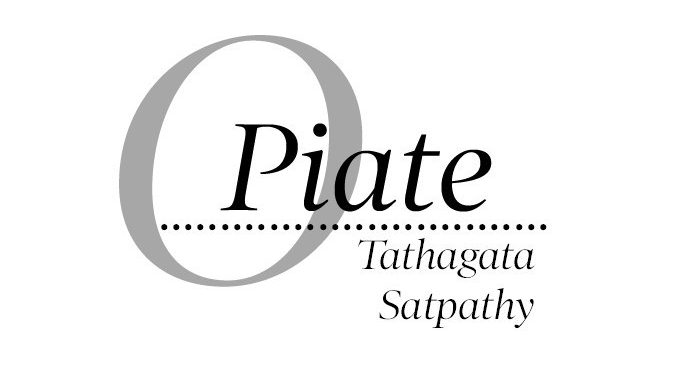Mother language plays the most crucial role in shaping any culture and identity of a people. It is the lone key to preserving and passing down traditions, expressions, songs, and rituals, all of which enrich human existence. Sadly, every two weeks, a language vanishes in the world, taking with it a rich cultural and intellectual legacy. At present, about 43 per cent of the estimated 6,000 languages spoken globally are at the risk of extinction. Studies indicate that utilising a child’s mother tongue in early education significantly contributes to establishing a solid foundation for learning. In India, the concept of ‘unity in diversity’ can best be explained by the coexistence of the myriad languages and dialects that exist on this subcontinent.
In a country of this nature, favouring any specific language due to political or other factors can lead to the prevalence of one particular language in education and other spheres of public life. However, this can put individuals who do not speak the dominant language or have limited proficiency in it, in a disadvantageous position. This can also lead to discrimination in day-to-day life, exclusion from employment opportunities, and, in worst cases, even oppression. Such a situation will certainly contribute to the endangerment and the eventual extinction of other languages that are bound to fall into disuse. When the Constitution was framed in 1949, it was determined that the country would not have a single national language. Instead, 14 languages were officially recognised, a number that subsequently expanded to 22. Hindi and English were designated as the ‘official languages’ for national government and administrative purposes. In the past, efforts to establish Hindi as the sole dominant language faced stiff opposition, particularly from the southern states. In the 1960s, when the government announced that Hindi would be the exclusive ‘official language’ and that English would be phased out, Tamil Nadu erupted in violent protests, leading to several incidents of protesters resorting to self-immolation. The vehement resistance of the Tamil people forced the Union government to reverse its decision.
Today, in a state like Orissa, efforts are being made to subvert the language of the land and promote Hindi. Just because bringing in uniformity in language serves the agenda of a political party, a classical language like Oriya is being actively undermined. This subversion of the native language follows the pattern of festivals, previously alien to Oriya culture, being imported into the state. Bol Bom, Dhanteras, Sindoor Khela and more recently Chhath Puja, all fall into this category, and are being promoted in the state on the pretext of cultural assimilation. Pre-wedding events like Sangeet, also alien to Oriya culture, are being actively promoted with an evident sinister purpose. It is pertinent to note here that while there is political motive behind homogenisation of language, in case of festivals the commercial agendas also play a crucial role. This is not just a political issue. At the family level too, it is distressing to see educated Oriyas conversing with their children in Hindi. The dominance of Hindi cinema in Orissa, due to an unfortunate dearth of watchable movies in the local language, is another reason why school and college-going children find it easy to converse in Hindi, thereby losing out on their personal grip on the mother tongue. Oriyas need to learn a lesson or two from South Indians or Bengalis who protect their language and culture by taking great pains.
Similarly, Marathis and Kannadigas can also be observed to be zealously guarding and making efforts to preserve their native languages and traditions even though Maharashtra and Karnataka are two of the most cosmopolitan states in the country.
This subject gains extra importance now after an MP from Kerala, John Brittas, raised the issue of Union Ministers writing communications exclusively in Hindi to elected representatives hailing from non-Hindi-speaking states. While most Orissa MPs would be unfazed by language issues since they do not have emotional bonding with their own mother language and culture, representatives from other states are disturbed that the Indian Parliament is fast turning into a monolinguistic entity. The Hindi imposition posturing has gone a bit too far in current climes because certain politicians are handicapped with their personal language skills. They seem to be comfortable with the destruction of all Indian languages except the single regional language in which they can give their speeches with flamboyance. This is a great example of personal desire overriding national interest and well-being.
Preserving a people’s culture and heritage is impossible without preserving its mother tongue. Orissa is the first Indian state to be formed on the basis of its language. All efforts must be made not just to conserve Oriya, but also to promote it along with the dialects used within the boundary of this state. Otherwise, another language forgotten will render its future generations rootless.






































